Buyers comparing budget-friendly solar chargers to keep phones, tablets, and small USB devices topped up at a home office or hybrid workspace.
Who is this post for if you may ask.
If you work from a home office and want a budget solar option to keep a phone, tablet, or small power bank topped up during the day — without buying a power station — these 10 portable, foldable solar chargers are good, affordable choices. Below I list what each one is best for, key specs, pros/cons, and links to Amazon, eBay or other sellers (best-effort cheapest links).
How I picked them (planning & prep)
- Focused on affordable, widely reviewed portable solar chargers (foldable panels, USB outputs) that are commonly recommended for everyday device charging.
- Checked Amazon product pages and eBay listings for availability and price comparisons.
- Chose a mix of compact (~10–30W) panels (great for phones/tablets/power banks) and a couple of larger (60W) options for powering small USB-C hubs or charging a power station during daytime.
1) Anker 21W PowerPort Solar (portable, 2-port)

Best for: charging phones and small power banks quickly when you get direct sun. Compact and well-made — a classic recommendation.
Links: Amazon product page.
Pros: durable, SunPower cells, 2 USB ports.
Cons: No onboard battery — needs direct sun or a power bank to store energy.
2) BigBlue 28W Foldable Solar Charger (3 USB ports)
Best for: multiple devices at once (phone + tablet + power bank). Highly popular and often available at competitive prices.
Links: Amazon product pages.
Pros: higher output for a small panel, multiple ports.
Cons: still no battery — performance depends heavily on sunlight.
Image alt suggestion: “BigBlue 28W foldable solar charger with three USB ports.”
3) RAVPower 16W / 14–16W Portable Solar Charger
Best for: compact use when you just need to top up phones. Look for dual USB versions.
Links: coverage and deals (example editorial/deal page) and eBay product listing.
Pros: light and portable, cheap.
Cons: lower wattage — slower charges.
4) Jackery SolarSaga 60W (more power; for power stations)
Best for: pairing with a small power station (e.g., Jackery Explorer series) to provide continuous daytime charging. Good if you sometimes need to run more than USB devices.
Links: Amazon product page for SolarSaga 60W and Jackery SolarSaga 100W pages referenced.
Pros: high output, built to match Jackery power stations.
Cons: more expensive and bulkier than 20–30W options.
5) BigBlue (alternative/upgraded 28W versions)
If you liked #2 but want a variant (digital ammeter, slight efficiency differences) check these BigBlue SKUs. Links above show common BigBlue listings on Amazon.
6) ALLPOWERS / Nekteck / Suaoki (budget 18–25W options)
Best for: very budget-conscious buyers — many third-party brands offer 18–25W foldable panels with USB outputs. I didn’t find a single consistently lowest seller across all marketplaces in my quick scan — check Amazon/eBay and local sellers for deals. (Examples of these brands appear in general searches; see Amazon category searches.)
7) Renogy E.Flex / Renogy 20–30W portable panels
Best for: buyers who want slightly rugged panels from a known solar brand. Renogy has compact foldable/rigid options — good as a home-office backup. (Search category shown on Amazon results.)
8) Jackery SolarSaga 100W (if you need more)
If you plan to charge a laptop or a more capable power station, consider the 100W Jackery SolarSaga. It’s a step up in cost and power. (Amazon page listed).
9) Generic “panel + power bank” combo (recommended for home-office use)
If direct-sun charging is unreliable where you live, consider pairing a 20–30W panel with a USB power bank (20,000 mAh+) that supports pass-through charging or has USB-C PD input so you can store energy and use it at night.
10) Budget foldables from third-party sellers (watch reviews)
There are many inexpensive foldable chargers under $40–$70 — but do your bit and always check reviews and seller reliability on Amazon/eBay.

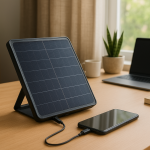
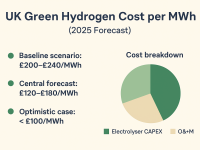


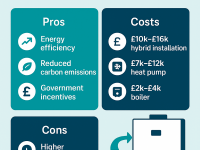
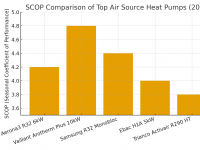
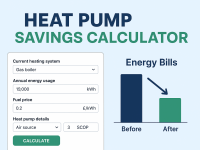

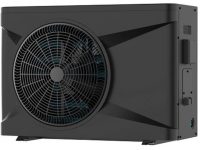


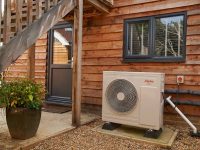

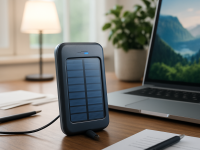
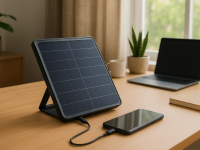

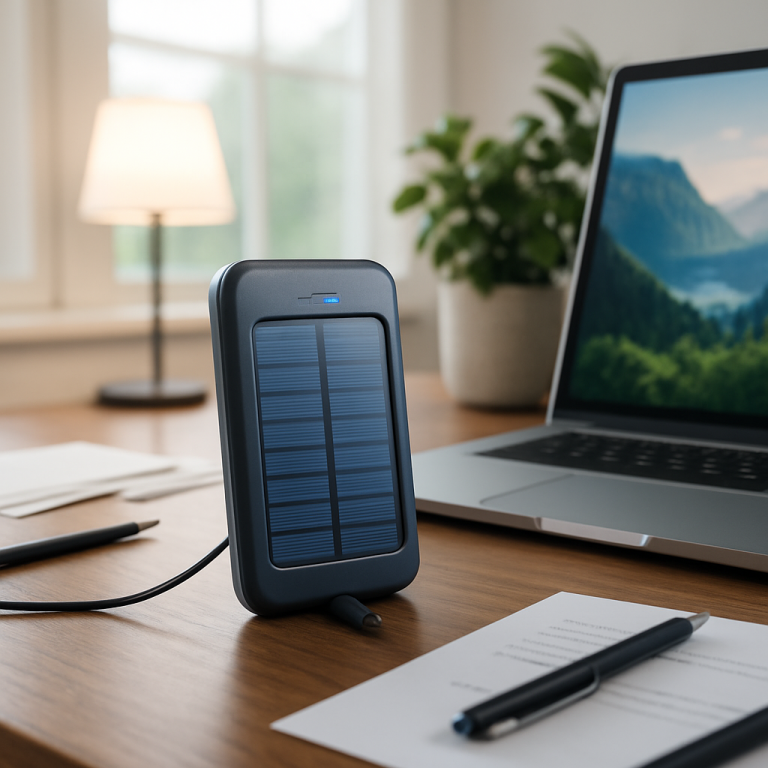
0 Comments